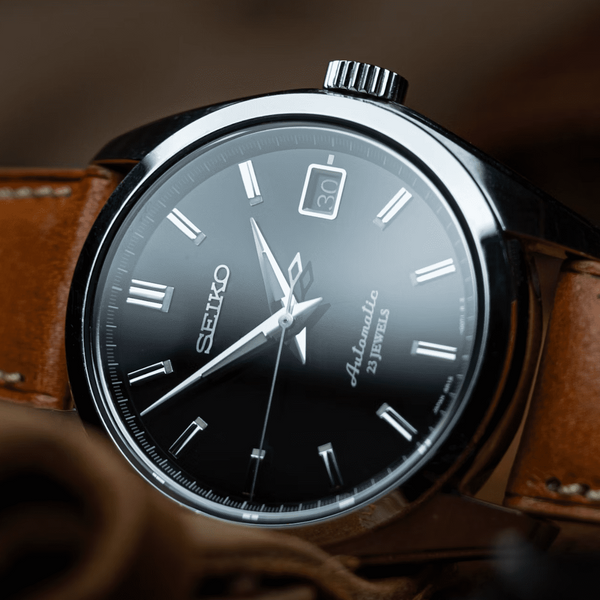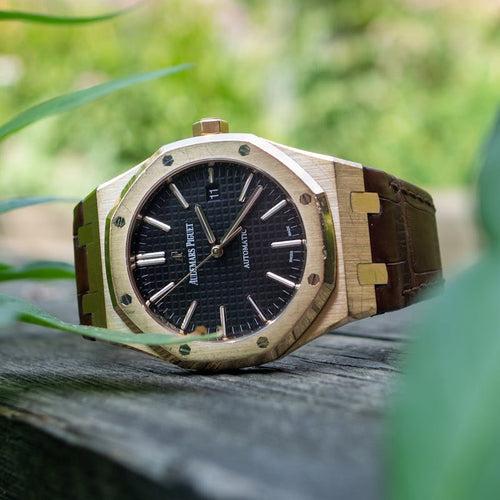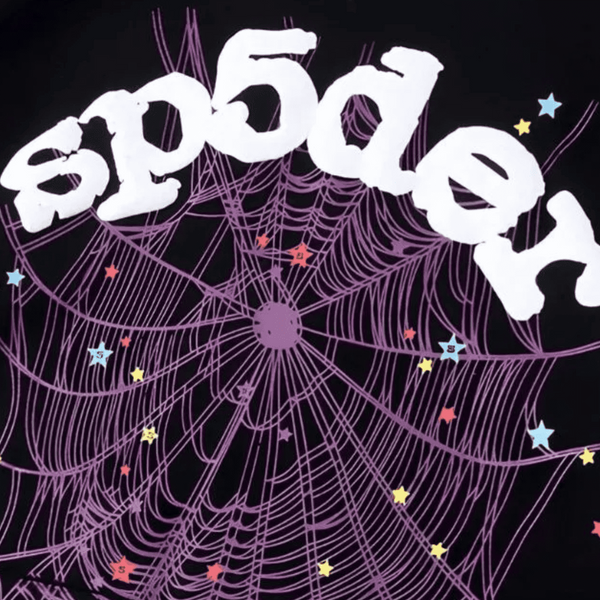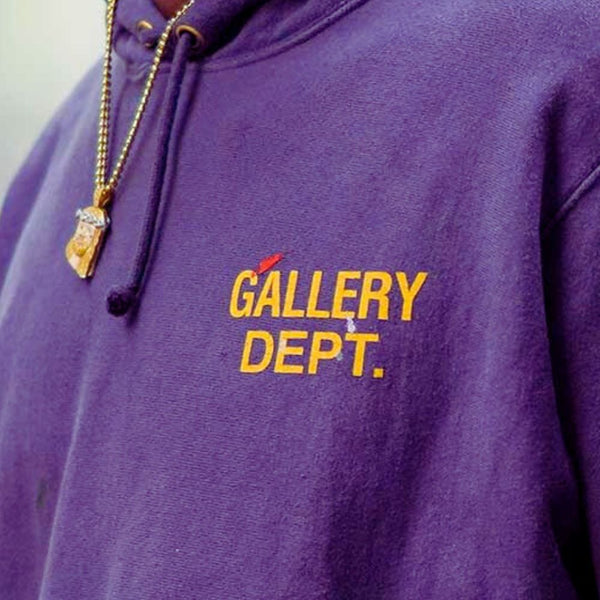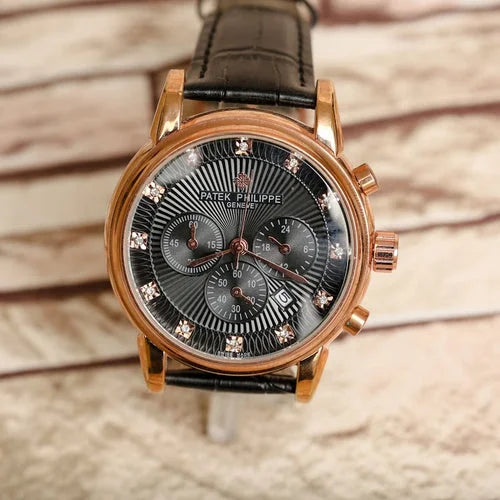How To Spot Real Vs Fake Ray-Ban Aviator Sunglasses

Ray-Ban Aviators are famous for their classic style and high quality. To ensure you're buying an authentic pair, here’s how to tell real from fake.
Table of Contents
[ open ]Key Indicators of Genuine Ray-Ban Aviator Sunglasses
Here are the most important things you should focus on.
Frame Quality

Authentic Ray-Ban frames are made from durable metal or acetate. They have no seams on the temples or lens edges. Run your finger along the edges—rough or sticky spots suggest a fake.
Check the nose pads. Genuine Ray-Bans have small, precise "RB" inlays on the pads, free of flaws or misalignments.
Lens Characteristics
Real Ray-Bans often use glass lenses, which feel heavier and sound clearer when tapped. Some models have plastic lenses, but the logo is key:
- A clear, bold "Ray-Ban" logo is on the upper right lens.
- A faint "RB" etching is on the opposite lens. Fakes often have blurry or off-center logos.
If your pair is polarized, the "Ray-Ban" logo will include a "P." To test, look at a screen through the lenses—authentic polarized lenses will darken or distort the screen when tilted.
Finally, confirm the lens color matches your order. Real G-15 lenses have a distinct smoky green tint, unlike the dull colors of counterfeits.
Hinges and Screws
Authentic Ray-Ban Aviators have sturdy metal hinges that stay tight even with frequent use. The screws are strong and keep the frame stable and durable.
While some Ray-Ban models, like specific goggles, feature unique seven-bristled hinges, their absence doesn’t mean your Aviators are fake. Ray-Ban Aviators often use various high-quality metal hinges designed for durability.
Engravings and Markings

Examine the engravings on the nose bridge and temples. Genuine Ray-Bans have clear and precise markings, including the Ray-Ban logo, model number, and size details.
Look for a unique serial number etched into the right lens. On real Ray-Bans, this etching is scratch-resistant and hard to remove. Check for a shiny metal engraving in the frame corner, typically in a diamond or oval shape, which is another sign of authenticity.
Inside the left temple, you’ll find details like the model number (starting with RB), color code, lens size, temple length, and markings like 2N or 3N (or P for polarized lenses). On the right temple, there’s the Ray-Ban logo, manufacturing location (Italy or China), a frame-type letter, a CE mark, and "Polarized" if applicable. Precise and sharp markings indicate a genuine pair.
Logos and Branding

The Ray-Ban logo on authentic Aviator lenses is precisely etched with sharp, clear edges. It resists scratches and stays visible over time.
Always check for an original Ray-Ban case and accessories with the logo. These items confirm your sunglasses are authentic and meet Ray-Ban’s quality standards.
Case
Real Ray-Ban sunglasses come in high-quality black or brown faux leather cases, while Ray-Ban Junior models use soft, colorful pouches.
Examine the case for details. Genuine cases have flawless stitching and smooth corners, with no fraying or glue residue. Check the clasp for the Ray-Ban logo, which should be centered and clear. Fake cases often have off-center or hard-to-read logos.
Ensure the sunglasses fit snugly inside the case. A poor fit can indicate a fake. Finally, inspect the logo stamp on the case. Real stamps are matte in gold or black, while fake ones are shiny, painted, and easily scratched off.
Common Signs of Fake Ray-Ban Aviators
Fake Ray-Ban Aviators often use cheap materials and poor craftsmanship. Frames may feel light and flimsy, lacking the sturdiness of real ones. Logos and engravings are often inconsistent, poorly done, or missing.
Incorrect model numbers and low-quality packaging are also red flags. Fakes may show discrepancies in the model number or have packaging that looks cheap and doesn't match Ray-Ban's usual design.
Conclusion
To spot authentic Ray-Ban Aviators, focus on key features like the frames, lenses, hinges, engravings, logos, and packaging. These details will help ensure you're investing in genuine sunglasses that offer iconic style and quality.
